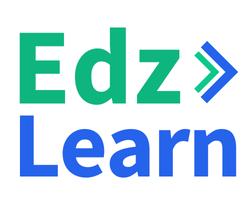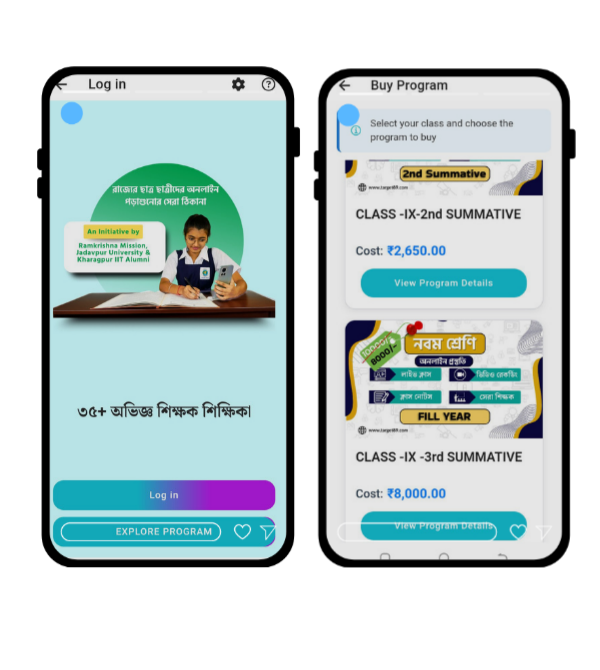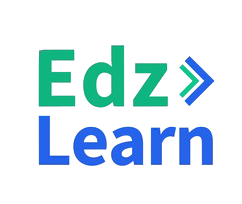The rapid advancement of technology has brought about a significant shift in how educational institutions operate. An effective EdTech ecosystem—where digital tools and technologies work together seamlessly—can revolutionize learning and teaching experiences. But how do you build a successful EdTech ecosystem that meets your institution’s needs? This guide offers a step-by-step approach to help you navigate this transformative journey.
Understanding an EdTech Ecosystem
An EdTech ecosystem is a digital environment where various educational technologies, tools, platforms, and resources interact cohesively to enhance learning, teaching, and administration. It includes:
- Learning Management Systems (LMS)
- Digital content and resources
- Communication tools
- Data analytics and reporting
- Assessment platforms
Creating such an ecosystem requires thoughtful planning, collaboration, and integration of the right tools to align with institutional goals.
Step 1: Define Your Institution’s Goals
The first step in building a successful EdTech ecosystem is to define your goals clearly.
- Are you aiming to improve student engagement?
- Do you want to streamline administrative tasks?
- Are you focused on hybrid or fully online learning models?
By understanding your objectives, you can align your technology choices to support these goals.
Step 2: Conduct a Needs Assessment
Identify gaps and challenges within your institution.
- Assess the current technology infrastructure.
- Understand the needs of teachers, students, and administrators.
- Collect feedback through surveys and discussions.
This evaluation ensures that your EdTech ecosystem is designed to address specific pain points.
Step 3: Choose the Right Tools and Platforms
An effective ecosystem integrates the right tools and platforms. Some essential components include:
Learning Management System (LMS)
An LMS like Moodle, Canvas, or EdzLMS acts as the backbone of your ecosystem, enabling course delivery, tracking, and management.
Digital Content Platforms
Platforms like Coursera, Khan Academy, or OpenEd provide access to high-quality learning materials.
Collaboration Tools
Google Workspace, Microsoft Teams, and Zoom facilitate communication and collaboration.
Assessment and Feedback Tools
Tools like Kahoot!, Quizizz, and Turnitin support quizzes, evaluations, and plagiarism checks.
Data Analytics and Insights
AI-powered tools provide actionable insights into student performance, helping educators make informed decisions.
Step 4: Prioritize Integration and Interoperability
Integration is key to creating a seamless experience. Ensure that your tools can:
- Communicate with each other using APIs.
- Support single sign-on (SSO) for easy access.
- Integrate with existing systems like SIS (Student Information Systems).
Interoperability reduces manual effort and creates a unified digital environment.
Step 5: Invest in Teacher Training
No matter how advanced the tools, their effectiveness depends on the educators using them. Provide robust training programs to ensure that teachers:
- Understand how to use the tools effectively.
- Learn best practices for digital pedagogy.
- Stay updated with new features and technologies.
Step 6: Foster a Culture of Collaboration
A successful EdTech ecosystem thrives on collaboration.
- Encourage open communication between educators, administrators, and IT teams.
- Create forums or committees to discuss challenges and improvements.
- Involve students in decision-making processes to understand their perspectives.
Step 7: Monitor and Evaluate Performance
Regularly assess the effectiveness of your EdTech ecosystem.
- Use analytics to track student engagement and outcomes.
- Collect feedback from teachers and students.
- Identify areas for improvement and update tools as needed.
Step 8: Ensure Data Privacy and Security
With increased reliance on digital tools, data privacy and security are non-negotiable.
- Implement strong cybersecurity measures.
- Comply with data protection laws like GDPR or FERPA.
- Educate staff and students about safe online practices.
Step 9: Embrace Scalability
Your EdTech ecosystem should be flexible enough to grow with your institution. Choose scalable solutions that can:
- Accommodate more users as your institution expands.
- Support additional features and integrations in the future.
Step 10: Promote Innovation and Continuous Improvement
The EdTech landscape is constantly evolving.
- Stay updated with the latest trends and technologies.
- Experiment with emerging tools like AR, VR, and AI.
- Encourage innovation by piloting new ideas and projects.
Conclusion
Building a successful EdTech ecosystem requires careful planning, collaboration, and a focus on continuous improvement. By following these steps, you can create a digital environment that enhances learning experiences, empowers educators, and supports institutional growth.
The future of education lies in technology, and with the right EdTech ecosystem, your institution can lead the way. Ready to transform education? The journey starts now!
This Blog is Written By Ritika Saxena,
Content Writer and Social Media Manager At
Edzlearn Services PVT LTD.
For More Information Connect With Her on Linkedin : https://www.linkedin.com/in/ritika-saxena0355/
Read our Recent Blogs: https://edzlms.com/blogs/
Download our Recent Case Study: https://edzlms.com/case-study/
For anything related to LMS, feel free to reach out or book an appointment at : https://calendly.com/edzlms/30min.
Contact – Mihir Jana
Phone no.- +919916650872















